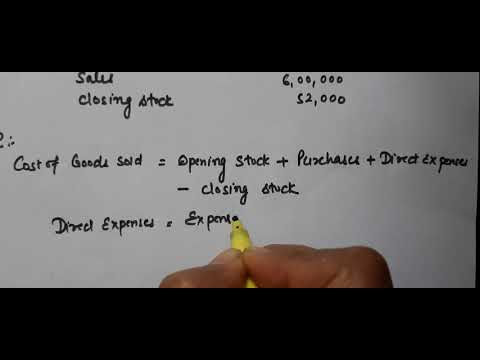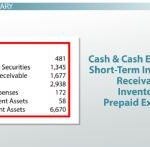
This is due to earning interest on interest or, in other words, compound interest. The faster you earn interest, the more your investment will grow, or in the case of debt, the more money you will have to repay. Unlike simple interest, which is calculated only on the principal, compound interest is calculated on both the principal and the accumulated interest. The information contained on this website should not considered an offer, solicitation of an offer or advice to buy or sell any security or investment product. The information should not be construed as tax or legal advice. Comparisons are based on the national average Annual Percentage Yields (APY) published in the FDIC National Rates and Rate Caps as of October 16, 2023.
Future Value:
The more frequently that interest is calculated and credited, the quicker your account grows. The interest earned from dailycompounding will therefore be higher than monthly, quarterly or yearly compounding because of the extra frequency of compounds. Additionally, diversification among assets is key when investing. Diversification is a financial strategy that spreads your investments across assets to reduce risk and exposure to market volatility. That means holding a portfolio that includes different types of investments. For a goal that requires growing your money over the long term — for example, retirement, or college savings for your kids — you may opt to take on more risk to generate higher returns.
- When you start early, you’re giving your initial investment and accumulated returns more time to potentially compound.
- The term “compound interest” is usually used for accounts that pay a set, guaranteed interest rate (like a savings account).
- The more times theinterest is compounded within the year, the higher the effective annual interest rate will be.
- To see how compound interest differs from simple interest, use our simple interest vs compound interest calculator.
- You can give this a try using our compound interest calculator to see the differences when using various methods of compounding.
It is for this reason that financial experts commonly suggest the risk management strategy of diversification. Calculate percentage additions and deductions with our handy calculator. Amount invested from Round-Ups alone since inception as of July 31, 2024. Acorns reserves the right to restrict or revoke any and all offers at any time.
In reality, investment what is balance sheet definition of balance sheet balance sheet meaning returns will vary year to year and even day to day. In the short term, riskier investments such as stocks or stock mutual funds may lose value. But over a long time horizon, history shows that a diversified growth portfolio can return an average of 6% annually.
Compound interest terms & definitions
You only get one chance to retire, and the stakes are too high to risk getting it wrong. This course will show you how to calculate your retirement number accurately the very first time – with confidence – using little-known tricks and tips that make the process easy. © 2024 Market data provided is at least 10-minutes delayed and hosted by Barchart Solutions. Information is provided ‘as-is’ and solely for informational purposes, not for trading purposes or advice, and is delayed. To see all exchange delays and terms of use please see Barchart’s disclaimer. It’s important to understand that time truly is your biggest ally.
Sign up today and set a recurring investment

You also want to earn returns on top of everything you’ve earned so far. Since your investment was compounding, your returns in year 2 were calculated using your new year 1 total of $106. You then earned another 6% in year 2 — or $106 plus a little more than $6 in returns. As you can see, by the sixth month, the account that compounded monthly already lagged behind the account that had the 1% better interest rate.
Note that if you wish to calculate future projections without compound interest, we have acalculator for simple interest without compounding. Common asset classes the 7 best expense tracking apps for smarter business travel include stocks, bonds, cash, commodities and real estate. Price return is the annualized change in the price of the stock or mutual fund.
In this case, you would multiply the daily interest rate by approximately 30.42 (or 365 days/12 months) prepaid expenses and enter the number of months (as opposed to the number of days). Note that you can include regular weekly, monthly, quarterly or yearly deposits in your calculations with our interest compounding calculator at the top of the page. We’ve discussed what compound interest is and how it is calculated. So, let’s now break down interest compounding by year,using a more realistic example scenario. We’ll say you have $10,000 in a savings account earning 5% interest per year, withannual compounding.
Fortunately, you can access free compound interest calculator tools on MarketBeat. To calculate compound interest, you need to know a number of variables, such as the principal balance and interest rate. Next, you’ll need to know how much you’ll add to the principal balance and how frequently the interest will compound (the compounding schedule). As impressive an effect as compound interest has on savings goals, true progress also depends on making steady contributions.
Examples are hypothetical, and we encourage you to seek personalized advice from qualified professionals regarding specific investment issues. Our estimates are based on past market performance, and past performance is not a guarantee of future performance. While only $0.53 in interest was gained by compounding daily, this is essentially free money that is earned because of more frequent compounding.

Recent Comments